 Hotel Richelieu
Hotel Richelieu
Time Period: Post-Reconstruction through the Gilded Age (1875 - 1900)
 Hotel Richelieu
Hotel Richelieu
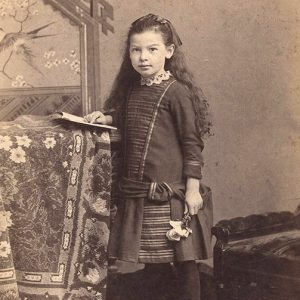 Clara Hotze
Clara Hotze
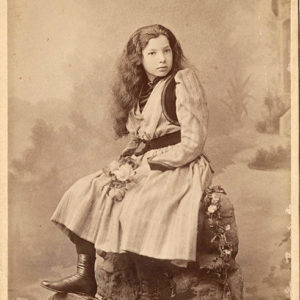 Clara Hotze
Clara Hotze
 House at 712 North Mill Street
House at 712 North Mill Street
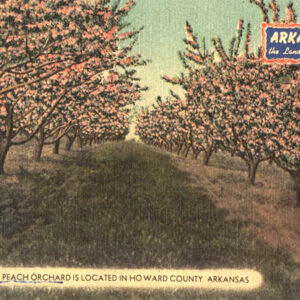 Howard County Peaches
Howard County Peaches
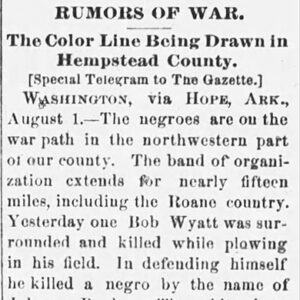 Howard County Race Riot Article
Howard County Race Riot Article
Howard County Race Riot of 1883
aka: Hempstead County Race Riot of 1883
Howard, Jesse (Lynching of)
 Jesse Howard Lynching Article
Jesse Howard Lynching Article
 Hudson-Jones House
Hudson-Jones House
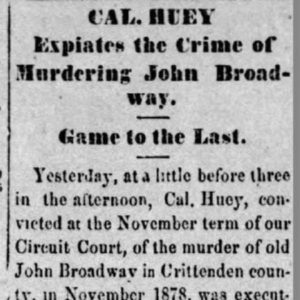 Huey Execution Article
Huey Execution Article
Huey, Cal (Execution of)
Hughes Cemetery
aka: Potter's Field
aka: County Cemetery
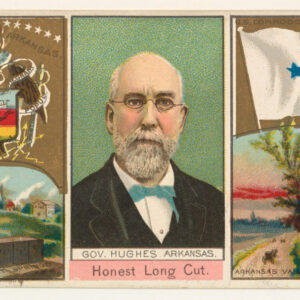 Hughes Trading Card
Hughes Trading Card
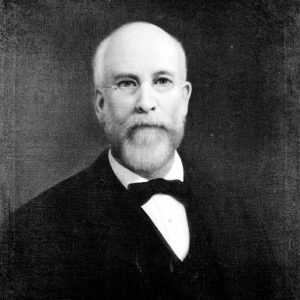 Simon Hughes
Simon Hughes
Hughes, Simon Pollard
Hull, Alexander C.
 Humphrey Sawmill
Humphrey Sawmill
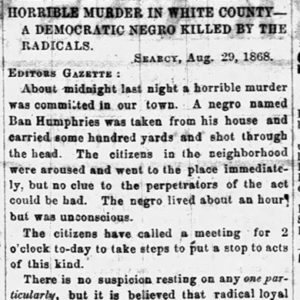 Ban Humphries Murder Letter
Ban Humphries Murder Letter
Hunley, Dan (Lynching of)
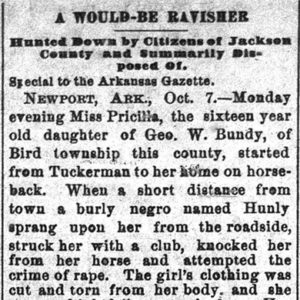 Hunley Lynching Article
Hunley Lynching Article
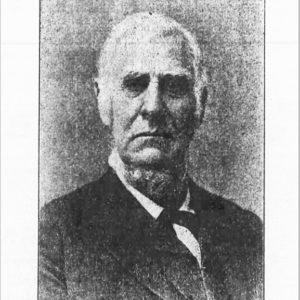 Andrew Hunter
Andrew Hunter
Hunter, Buck (Lynching of)
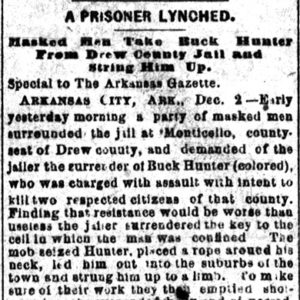 Buck Hunter Lynching Article
Buck Hunter Lynching Article
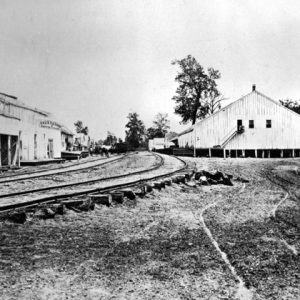 Hunterville
Hunterville
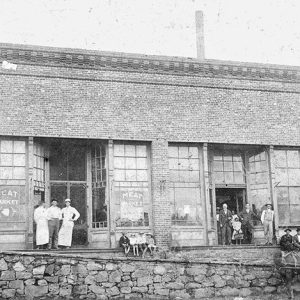 Huntington Meat Market
Huntington Meat Market
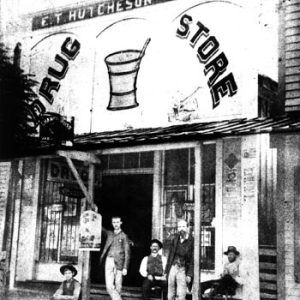 Hutcheson Drug Store
Hutcheson Drug Store
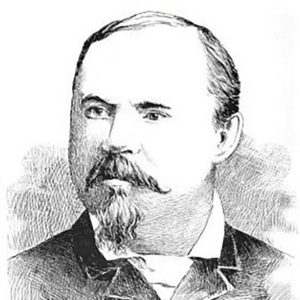 William J. Hynes
William J. Hynes
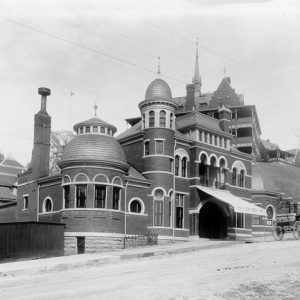 Imperial Bathhouse
Imperial Bathhouse
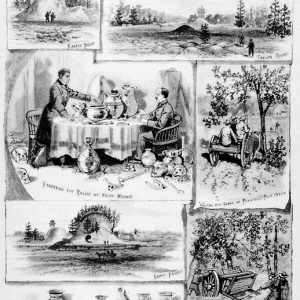 Indian Mound Exploration Illustration
Indian Mound Exploration Illustration
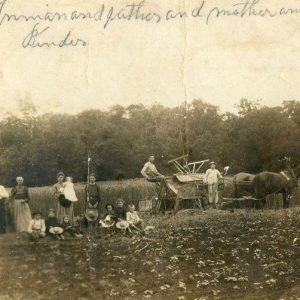 Inman Family
Inman Family
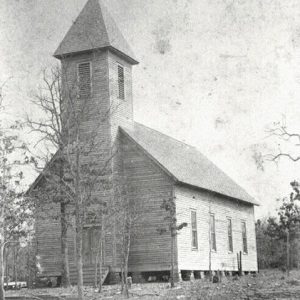 Ione Baptist Church
Ione Baptist Church
 Iowa Immigrants
Iowa Immigrants
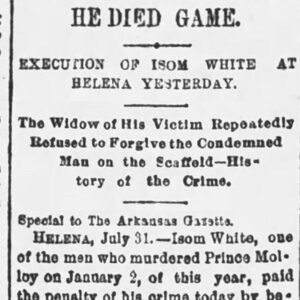 Isom White Execution Story
Isom White Execution Story
 Ivory-billed Woodpecker Press Packet
Ivory-billed Woodpecker Press Packet
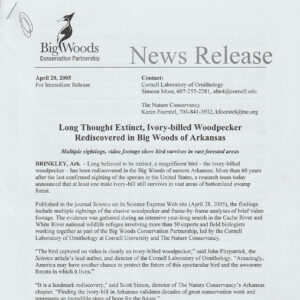 Ivory-billed Woodpecker Press Release
Ivory-billed Woodpecker Press Release
 Izard County Tornado Article
Izard County Tornado Article
Izard County Tornado of 1883
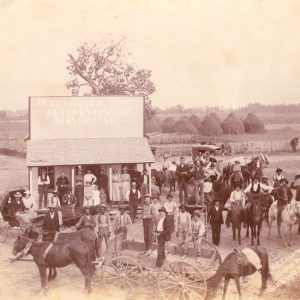 J. R. Chambers's Store
J. R. Chambers's Store
J. V. Bell House
 J. V. Bell House
J. V. Bell House
Jackson County Courthouse
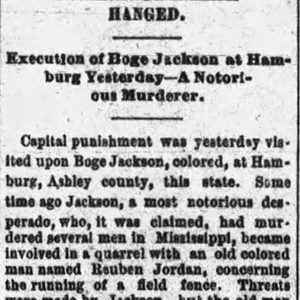 Boge Jackson Execution Story
Boge Jackson Execution Story
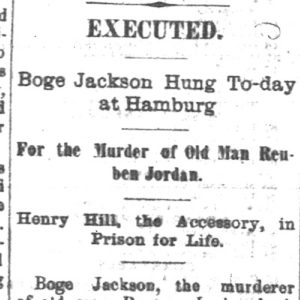 Boge Jackson Execution Story
Boge Jackson Execution Story
Jackson, Boge (Execution of)
Jackson, Goodwin (Execution of)
Jackson, Henry (Lynching of)
 Henry Jackson Lynching Article
Henry Jackson Lynching Article
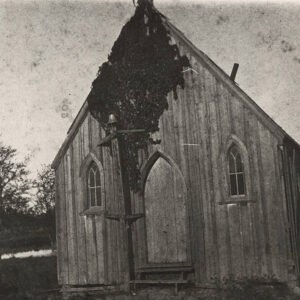 Jacksonport Church
Jacksonport Church
 Jacksonville School
Jacksonville School




